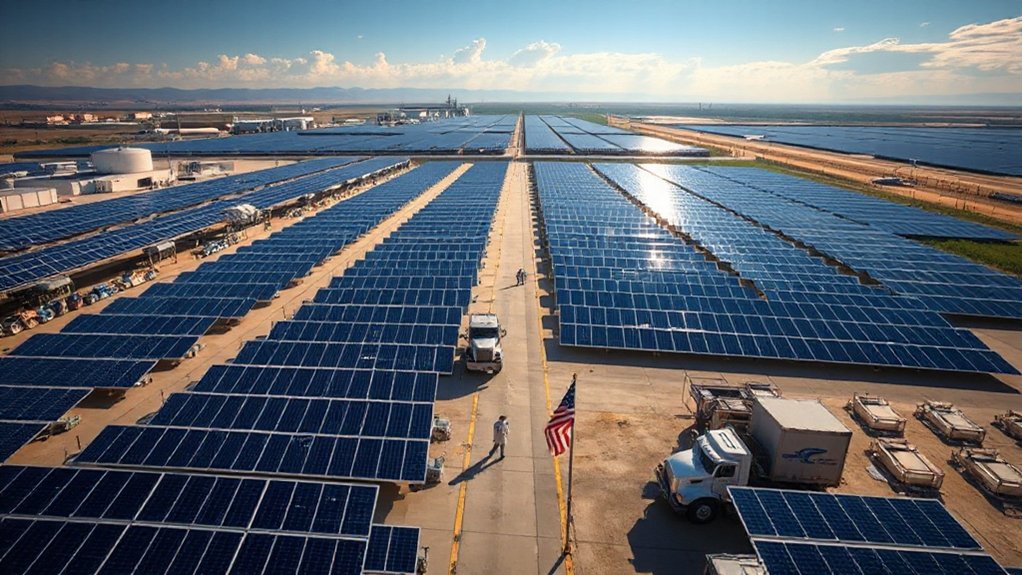Short trips? Drive. Long hauls? Fly. The math is clear: cars spew 404 grams of CO2 per mile while planes drop from 251 to 195 grams per passenger mile on longer flights. A full car beats flying for trips under 300-500 miles, but solo drivers might as well sprout wings for cross-country treks. Electric vehicles change the game entirely, though those power plant emissions aren’t exactly angels. The full story gets even more interesting.

Every traveler faces a carbon conundrum when planning their next trip. The age-old debate between flying and driving isn’t just about convenience or cost anymore – it’s about which choice leaves a smaller carbon footprint on our already wheezing planet. The numbers tell an interesting, if somewhat complicated, story.
For short trips under 300-500 miles, driving actually comes out ahead in the emissions game, especially if you’re not riding solo. A car packed with four people is basically a climate superhero compared to those inefficient short flights, which burn through fuel like it’s going out of style during takeoff and landing. Those quick hops in the sky pump out a whopping 251 grams of CO2 per passenger mile – not exactly Earth’s best friend. Choosing direct flights helps minimize these emissions significantly. Drivers can reduce their carbon impact by making sure their tyre pressures are checked monthly.
The plot thickens for longer journeys, though. Long-haul flights become surprisingly efficient, dropping to 195 grams of CO2 per passenger mile. Meanwhile, that trusty car of yours is consistently belching out 404 grams of CO2 per mile, regardless of distance. Do the math: solo road warriors are actually doing more damage than if they’d just bought a plane ticket for those cross-country adventures. A trip from Philadelphia to Boston produces about 104 kg of CO2 by car, compared to 184 kg per passenger by plane.
Vehicle choice throws another wrench in the works. Electric vehicles produce zero direct emissions (yes, zero – though let’s not forget about power plant emissions), and hybrids cut conventional car emissions in half. But then there’s those massive SUVs and trucks, gas-guzzling their way across the landscape with emissions that would make a climate scientist cry.
The airline industry has its own dirty secrets. First-class passengers are basically quadrupling their carbon footprint just for extra legroom and free drinks. And those innocent-looking contrails? They’re actually amplifying the climate impact of flying.
But planes are getting better – newer models boast 15-20% better fuel efficiency. It’s not exactly saving the planet, but hey, it’s something. The real kicker? Trains and buses beat both options for medium distances, but apparently, we’re too good for public transportation.









